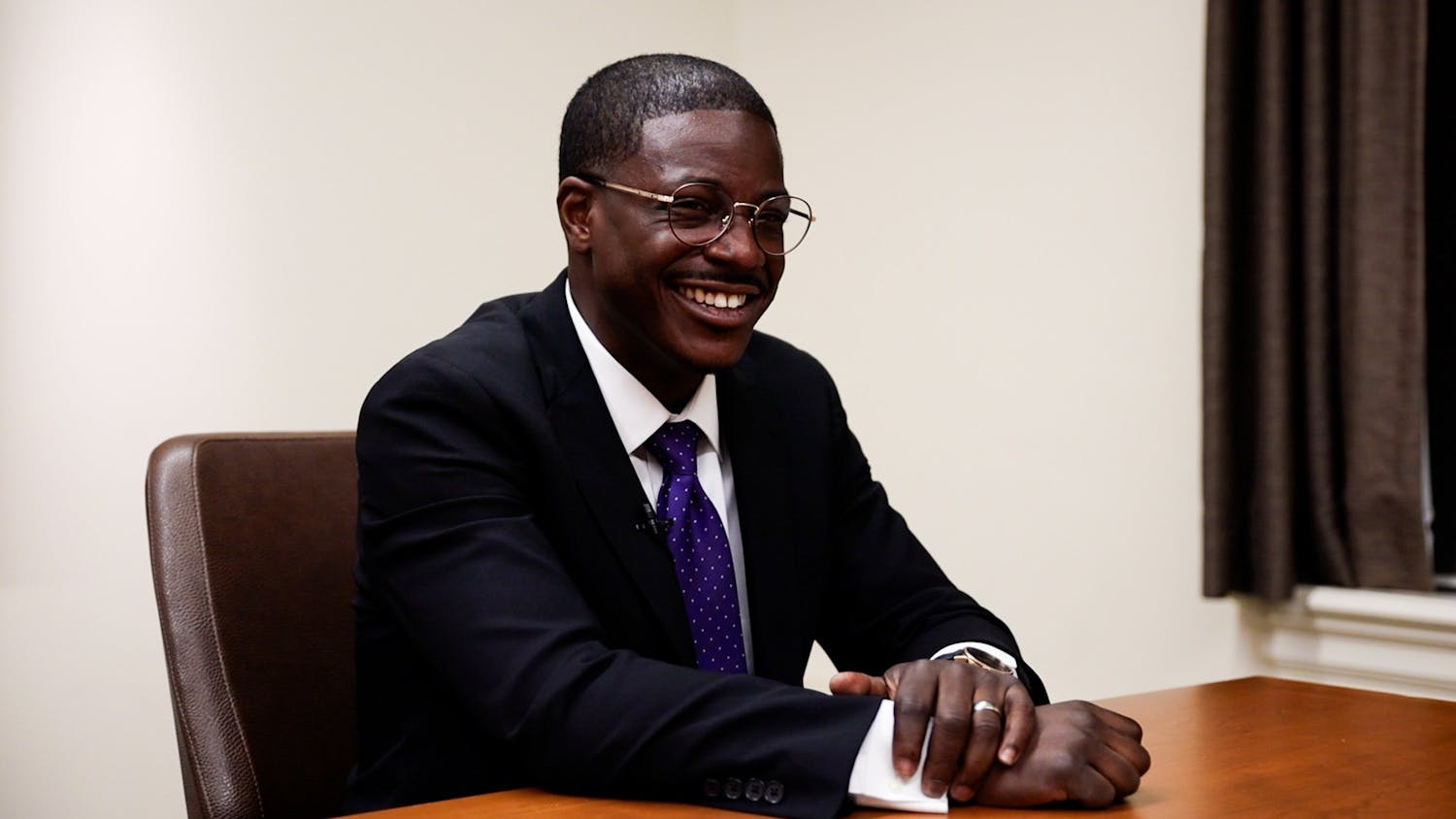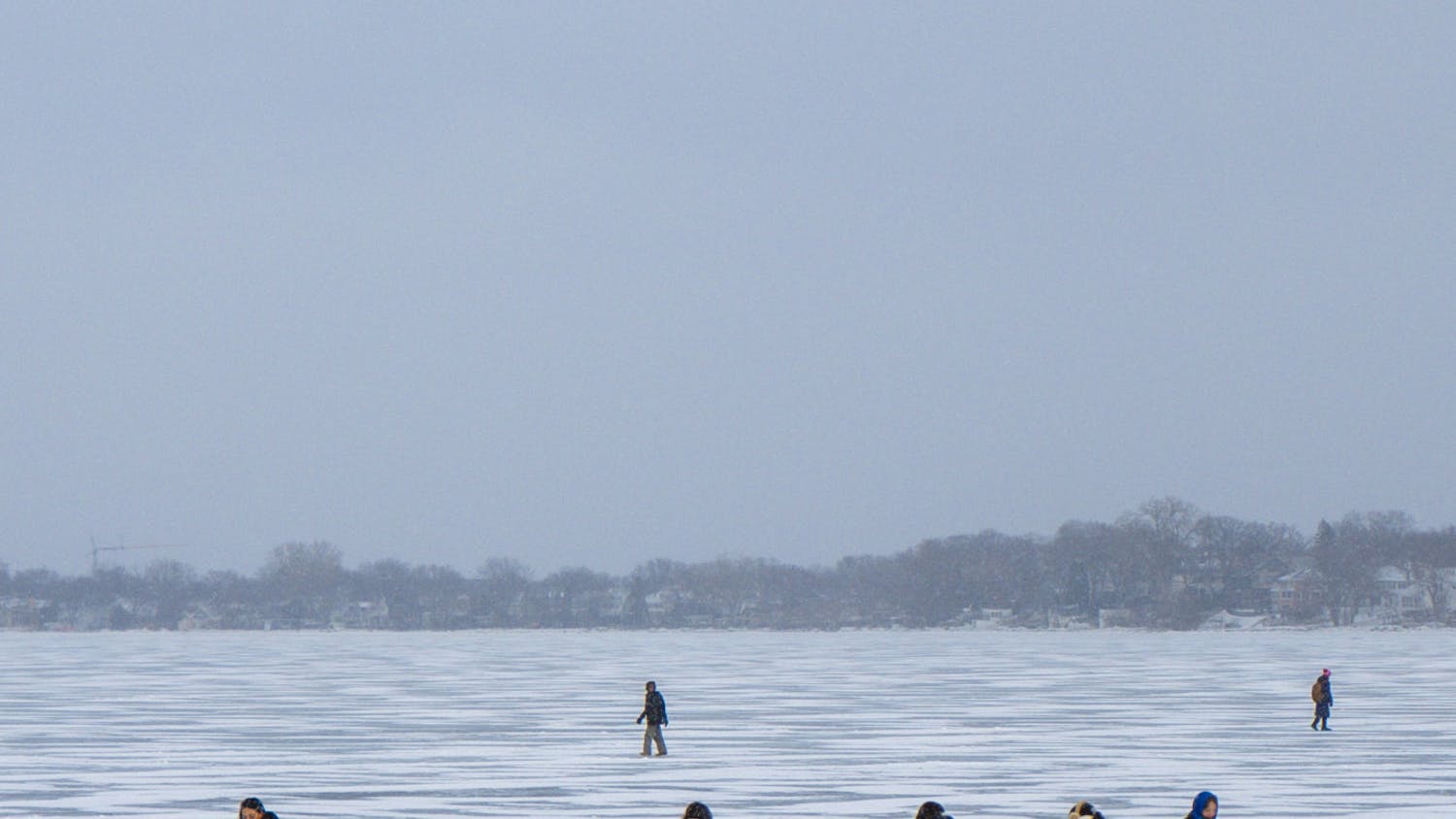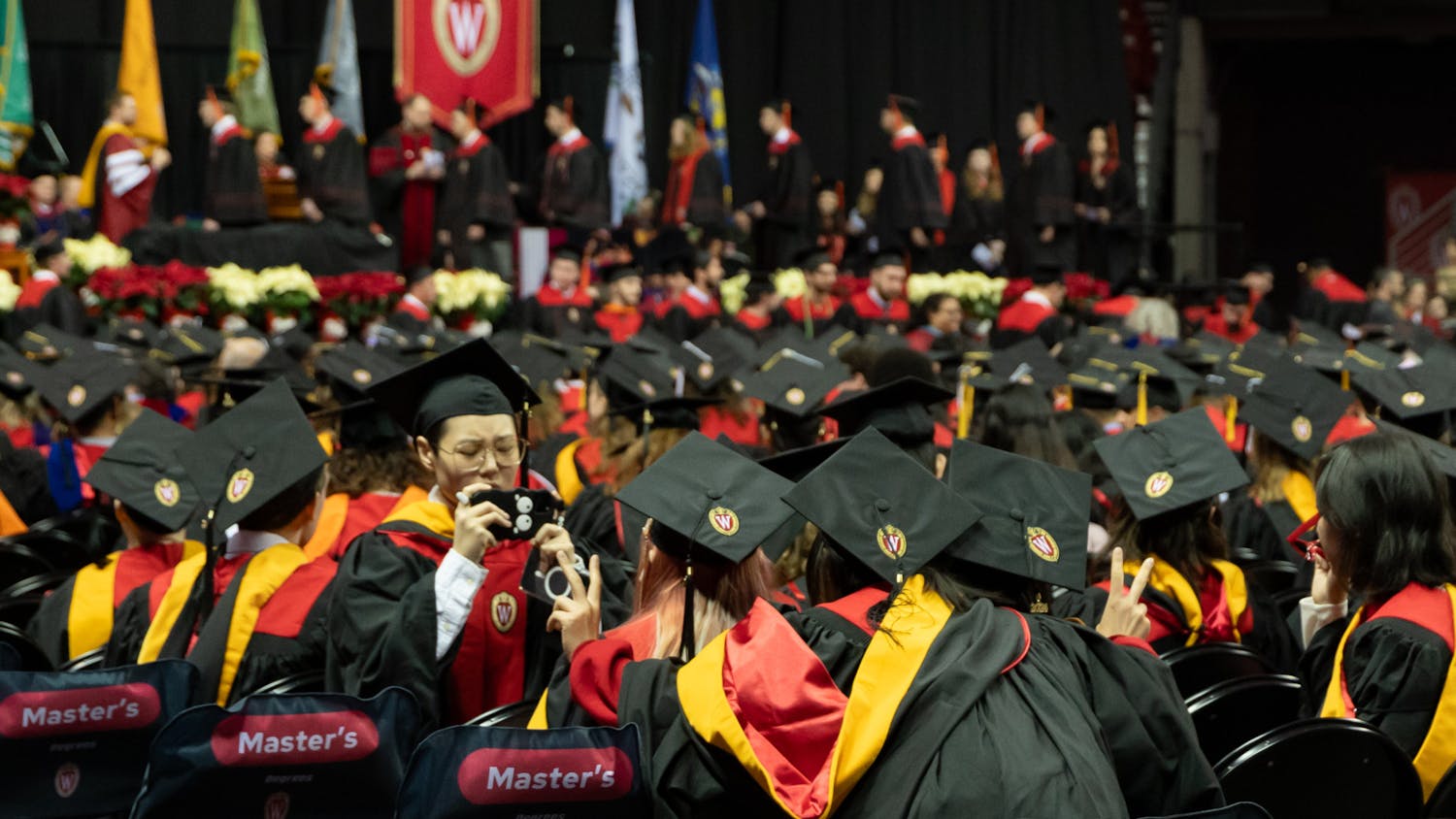Brisk, winter winds are common throughout Madison this time of year, but due to the growth and expansion of the city, taller buildings built closely next to one another are to blame for the numerous wind tunnels.
Students living in the Aberdeen, Equinox or any of the other 10-story apartment complexes experience gusty winds when they walk out the front door. UW-Madison Prof. Jon Martin, chairman of the Department of Atmospheric and Oceanic Sciences, said the closer buildings are, the higher the wind velocity becomes.
""It's the spacing of the building that matters more than the height,"" he said. ""If you have three or four apartment buildings in a row, even if they're only four stories tall, you are going to get a real channeling effect.""
Bob Lindmeier, chief meteorologist for WKOW 27, said towering high-rises placed next to one another are one of the causes of increased wind velocity. He said narrow streets and tall buildings can cause winds to increase dramatically.
""The winds are enhanced by buildings being so close to each other, they act like a funnel and the wind is compressed going through narrow spaces and the wind speed is increased,"" Lindmeier said.
Still, both Lindmeier and Martin agreed that Madison winds are moderately strong this time of year and the ""canyon-effect"" created downtown can make for miserable walking conditions for Madisonians.
UW-Madison freshman Jessica Muth said the tall buildings downtown make for dismal walks in the cold. She said places near high rise apartment complexes—like Library Mall and University Avenue—are especially nasty to walk down on windy days.
""I hate walking down University Avenue because it's like a wind tunnel with all the tall buildings,"" Muth said.
Lindmeier said campus has a particularly unique problem because of all the tall buildings and its proximity to the lake. He said on days when the wind may be very minimal, it can still feel windy.
""It can be [a problem] in areas especially with all the buildings on campus and the lake ... it can be an issue at times,"" Lindmeier said.
Spokesperson for Mayor Dave Cieslewicz George Twigg said the mayor's philosophy is ""to build up rather than out."" He said the city has specific designs in place and they have worked well thus far. Twigg noted that the only major set back is an increase in wind.
""One of the side effects of taller buildings is wind,"" Twigg said.
Mark Olinger, director of the Department of Planning and Development, said specific plans are put in place by the city to help curb the high winds that wind tunnels create. He said no building is allowed to be over 10 stories near the Capitol building. Still, Olinger said streets near the Capitol can create strong wind tunnels.
""To me the spots that always seem to be the most challenging are on Doty and Pinckney [Streets],"" Olinger said.
In addition, he said that when designing the structure of buildings, dulling the velocity of the wind is always taken into effect.
""Back when we were looking at doing some design development along [East Wash.], we actually staggered the buildings, so that the wind would not come down at sheer face,"" Olinger said.





